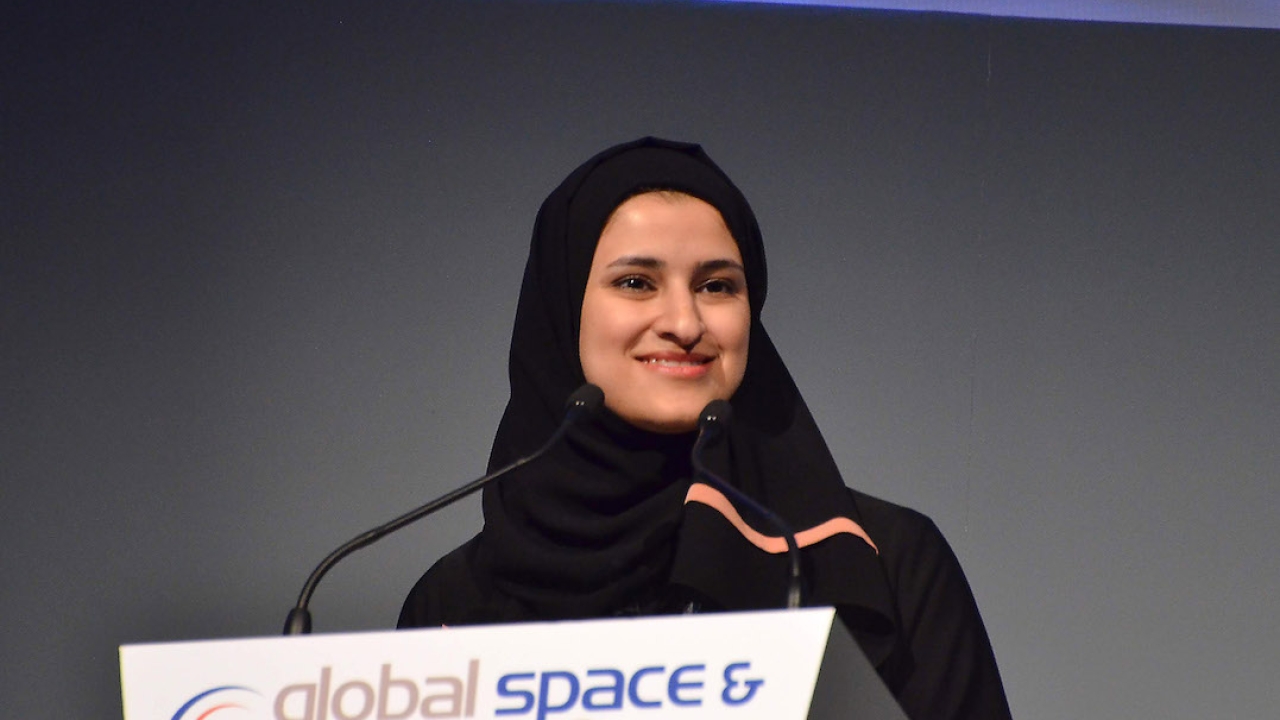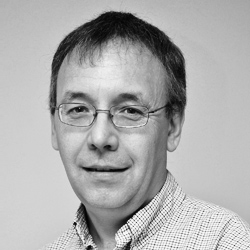How UAE’s space agency is reaching new heights
Sarah Al Amiri, UAE minister of state for public education and advanced technology and chair of the UAE Space Agency, explains how investment in space is leading to economic advantages.

Sarah Al Amiri. Picture: Steve Nichols
The recent Dubai Air Show gave a very visible indicator of how important the space sector is becoming to the region’s aerospace industry.
The progress has come as no surprise to Sarah Al Amiri, UAE minister of state for public education and advanced technology and chair of the UAE Space Agency.
“We are investing quite heavily in the space industry to establish it as a prominent economic sector within the country,” Al Amiri said.
“We need to further build up capabilities for designing and developing spacecraft from a commercial perspective and build a comprehensive eco-system that falls around that. We are also working on the further utilisation of space data for commercial use.
“This is rippling into other areas and will provide services and products for other sectors,” she said.
Al Amiri added that they are also continuing to work on the UAE’s space exploration programme, which will act as a “catalyst for change and act as a driver for scientific research”.
“We now have a national space fund that will develop capability and capacity, funding different programmes and projects. These include the UAE mission to the asteroids (EMA).
The UAE Space Agency said EMA is scheduled to launch in March 2028 and will fly past six asteroids in the main asteroid belt before arriving at a seventh in 2034 where it will release a lander to touch down on the surface. EMA will have a narrow launch period of just three weeks in March 2028.
It will fly a five billion kilometres (around three billion miles) route via Venus in July 2028 and Earth in May 2029, before going by the main belt asteroids Westerwald, Chimaera and Rockox between February 2030 and January 2031.
Al Amiri said that plans are now well under way for the UAE asteroid mission and the mission is reaching a critical review stage. They have also “onboarded” new team members to continue their knowledge transfer programme for the mission.
“We have also run three or four 'Space Means Business' programmes where we have opened up opportunities to provide hardware and services for the asteroids mission. Two contracts have been awarded so far so that the mission can move forward,” Al Amiri said.
The UAE will also soon have a constellation of synthetic aperture radar (SAR) satellites, which it is funding to help the private sector.
The national space fund, announced last year, will pave the way for the research and construction of the 'Sirb' satellites – Sirb is the Arabic term for a flock of birds.
The constellation of SAR satellites will create highly-detailed radar images of land use, ice cover and surface changes, with a wide range of scientific and commercial applications.
Scientists can use the data to trace oil spills, track maritime vessels and monitor crop yields, a government statement said.
“By lowering the risk of entering into this business and offsetting the costs of various programmes, we can help enable the development of the country’s space industry,” she said. “On the Emirates mission to the asteroid belt we are working with individuals who have experience in the space sector.
“We are funding their capabilities in terms of their development and providing a contract while they are developing their capacity. They will get to the point where they have a company that is up and running and can compete commercially.
“We are also working on a downstream enablement programme, on spacecraft development, and working on space services in the private sector.
"We needed a global venue to exhibit our capabilities and so we partnered with the Dubai Air Show as a natural progression of our growth and to showcase the opportunities open in the sector,” she said.
Stay up to date
Subscribe to the free Times Aerospace newsletter and receive the latest content every week. We'll never share your email address.


